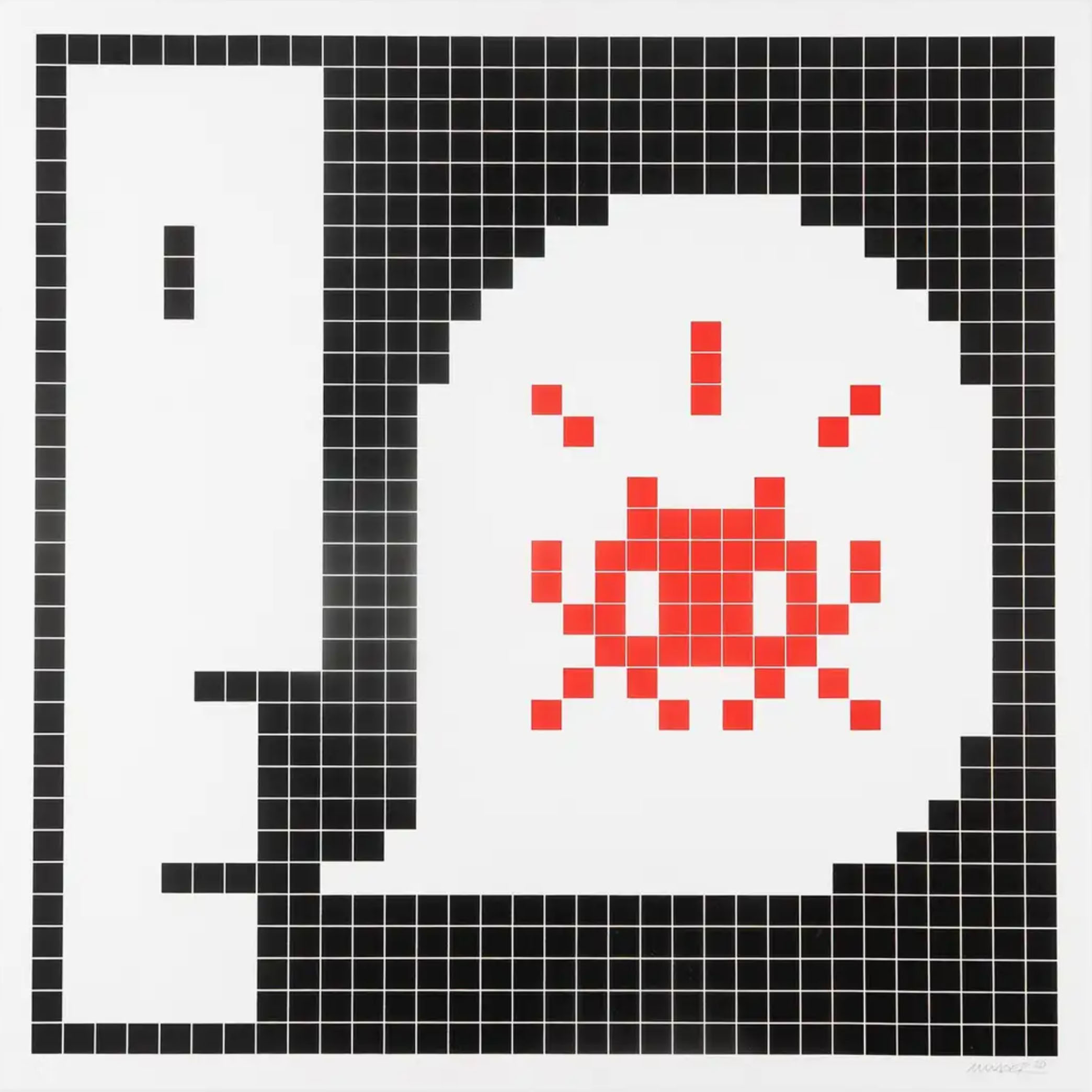In the vast tapestry of art history, movements like Cubism, Surrealism, and Pop Art have left an indelible mark, shaping the way we perceive and understand the world through artistic expression. However, amidst these influential movements, the Street Art Movement has emerged as a force that not only captures the essence of our time but also challenges the very conventions of art itself.
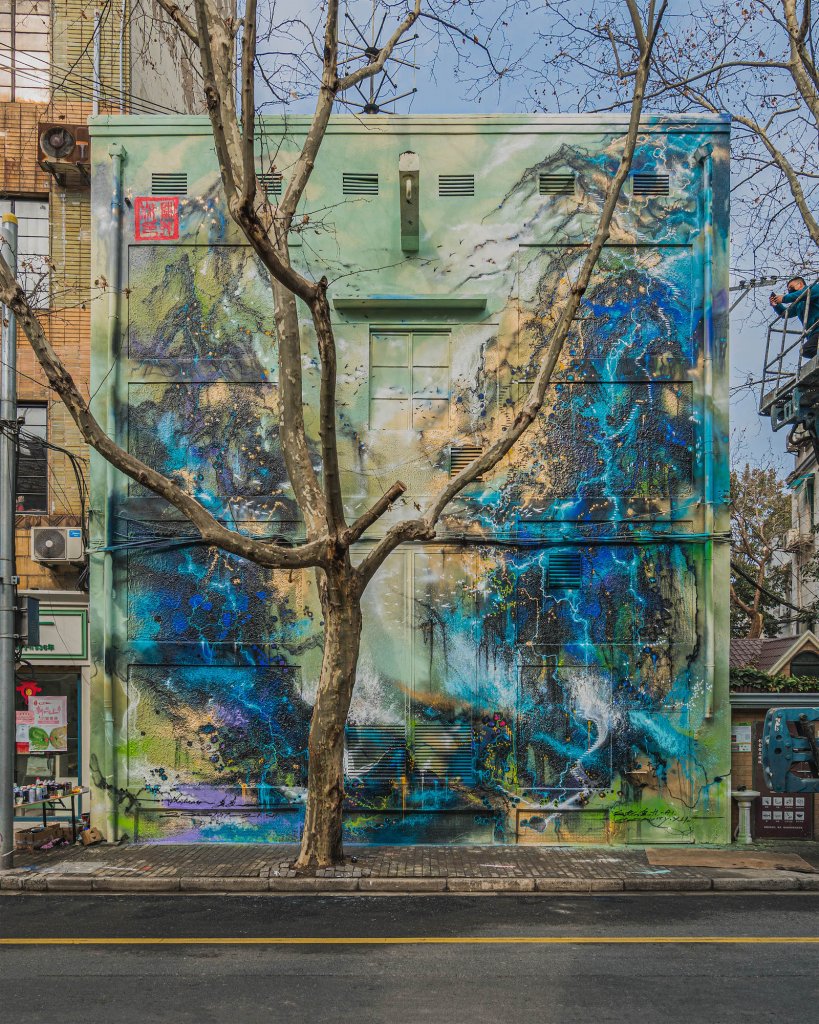
Hua Tunan, Shanghai China. Gravity XLI-1-1. Image Copyright Hua Hunan
The Street Art Movement stands as a testament to the power of artistic expression in public spaces, captivating audiences with its powerful messages and thought-provoking imagery. This movement has transcended the confines of traditional art spaces, bringing creativity and social commentary to the streets, walls, and buildings of our urban landscapes. In doing so, it has redefined the very notion of what art can be and where it can be found.
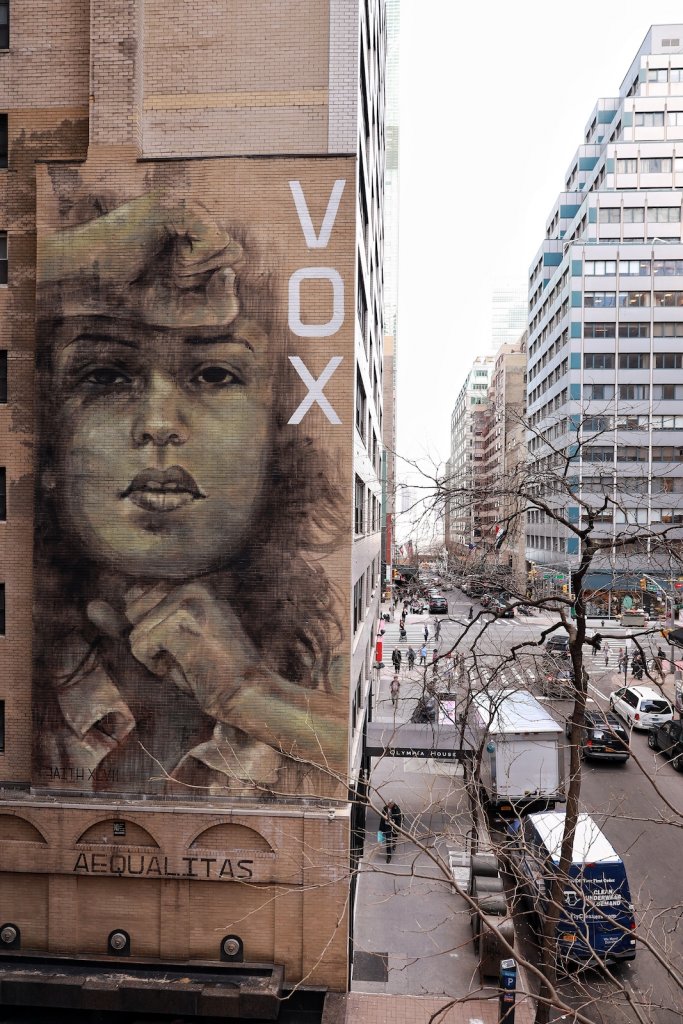
Faith47 Manhattan New York-City ILO100 Art, Street Art for Mankind. Image Copyright Just a Spectator
While movements like Cubism sought to deconstruct form and perspective, Surrealism delved into the subconscious, and Pop Art celebrated mass culture and consumerism, the Street Art Movement presents a unique form of artistic expression that reflects the pulse of contemporary society. It serves as a canvas for social and political commentary, cultural identity, and individual expression, sparking important conversations about public space, art, and society.
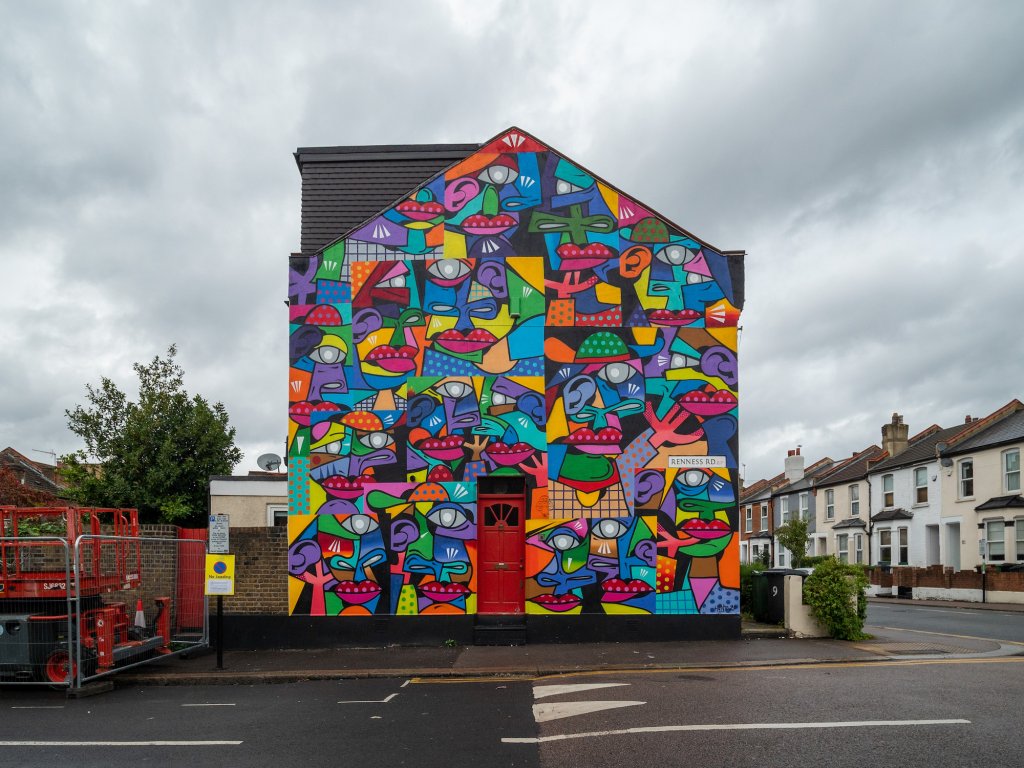
Image Copyright Hunto. London Mural Festival.
The work of street artists has significantly contributed to shaping the cultural landscape and inspiring future generations of artists. Their impactful expressions and thought-provoking messages continue to influence and shape contemporary art history. The Street Art Movement is more than just a creative endeavour; it is a reflection of the collective consciousness of our time, a raw and unfiltered dialogue that demands to be seen, felt, and understood.
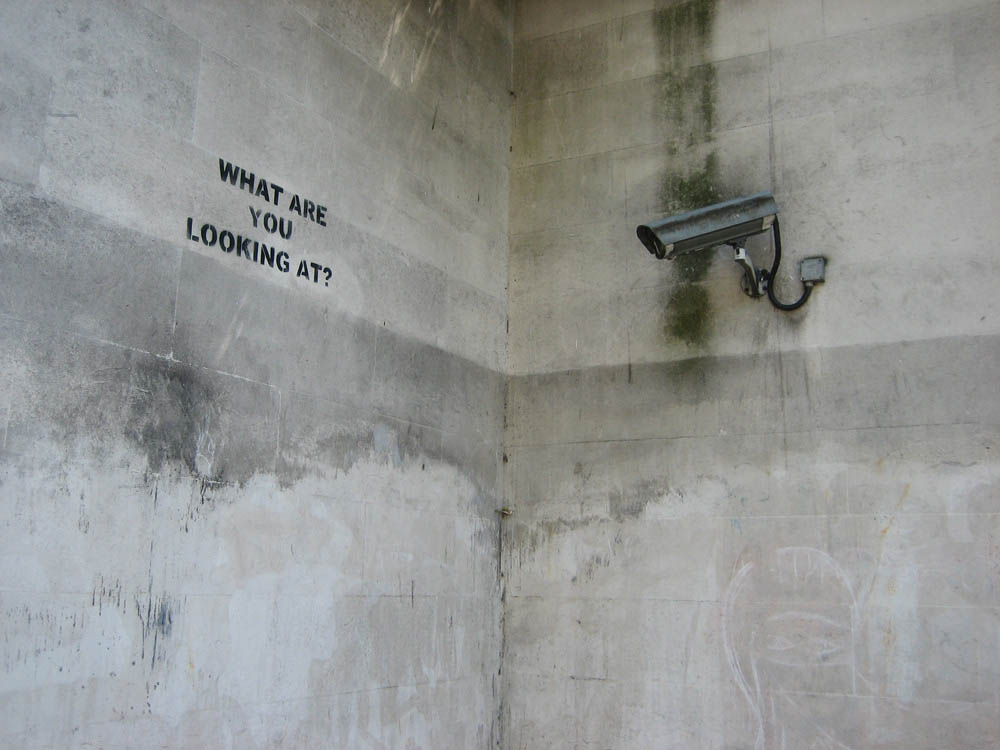
Banksy. Image Copyright Banksy
In addition to the individual works of street artists, the movement has also given rise to vibrant street art festivals and events around the world. These festivals provide a platform for artists to showcase their talents, engage with the public, and transform urban spaces into dynamic and thought-provoking art installations. From the renowned Wynwood Walls in Miami, BLOOP in Ibiza, Nuart in Stavanger to the lively streets of Shoreditch in London, these festivals and communities bring together artists and enthusiasts to celebrate the boundless creativity of the street art movement.
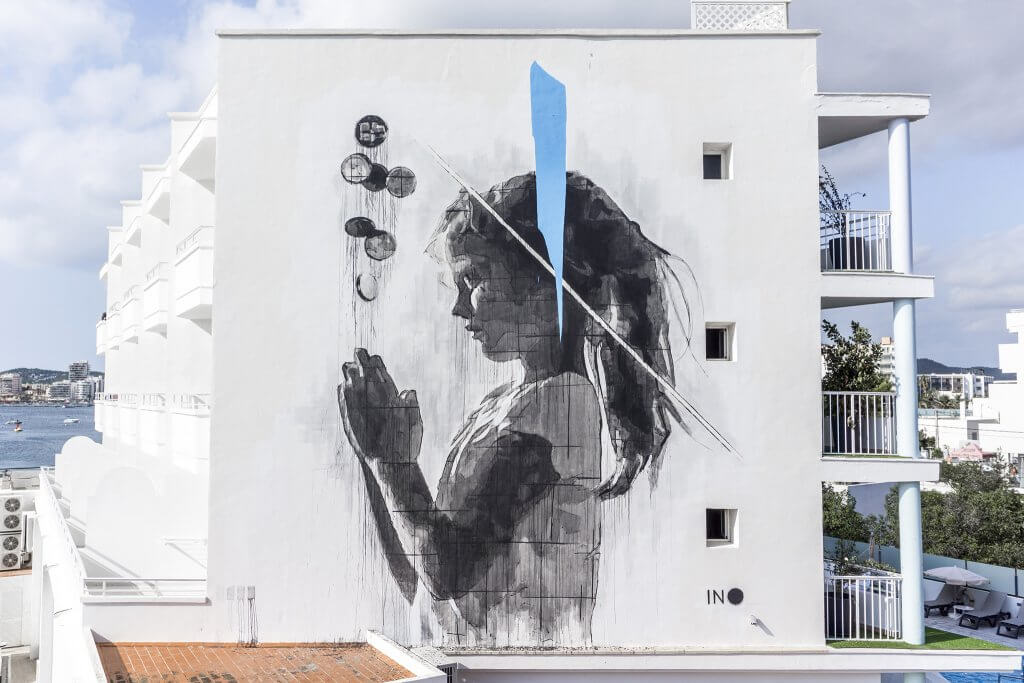
INO, Street Art Mural “Hopeless”, Bloop Art Festival, Ibiza 2018
As we reflect on the significance of art movements throughout history, it becomes evident that the Street Art Movement holds a unique place as the defining artistic movement of our time. Its ability to transcend traditional boundaries and engage with the public in an unfiltered manner sets it apart as a monumental force in contemporary art history.
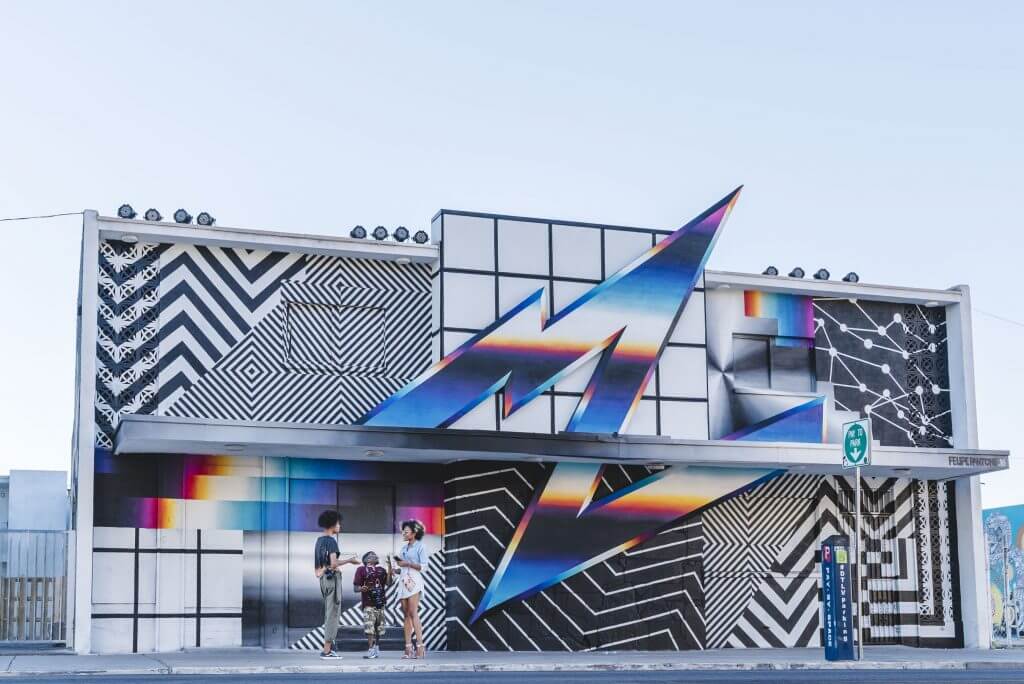
Felipe Pantone – Life is Beautiful Street Art Festival – Downtown Las Vegas – Photo credit JustKids
The Street Art Movement has emerged as the most important artistic movement of our time as a defining force in shaping the cultural landscape. Its ability to challenge conventions, spark important conversations, and capture the essence of contemporary society cements its place as a movement that will leave a lasting impact on the annals of art history.
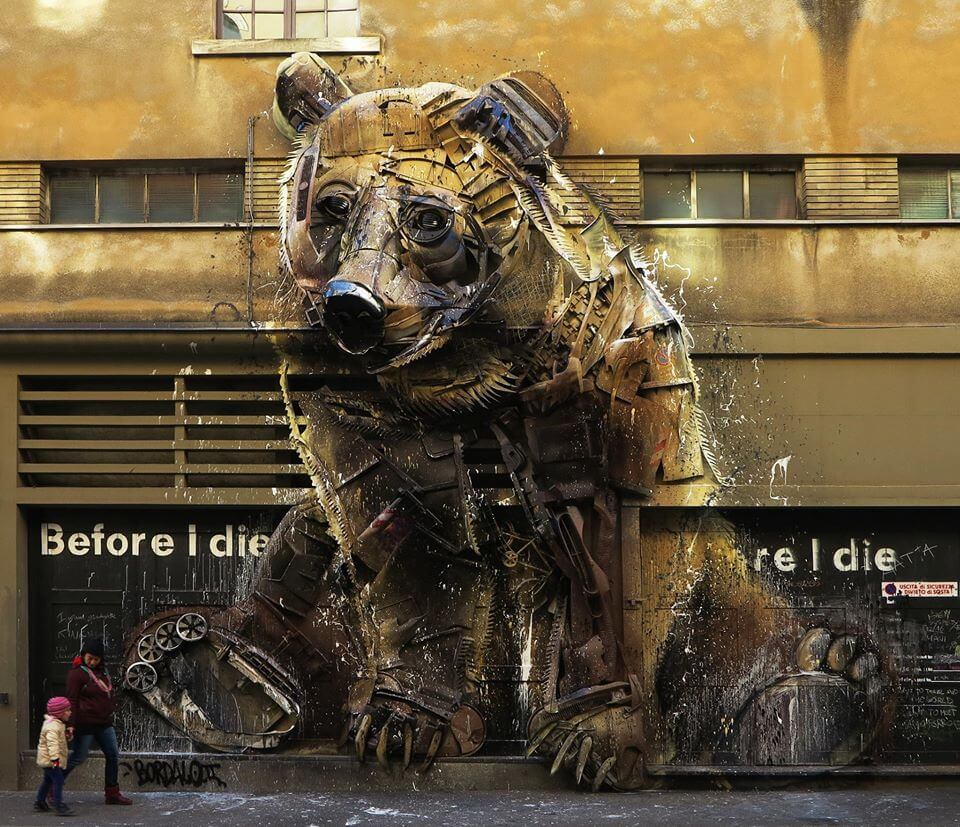
Big Trash Bear. Image Copyright Bordalo II
The proliferation of street art festivals and events further underscores the movement’s influence, providing a dynamic platform for artists to continue shaping the urban landscape and engaging with audiences on a global scale. Whilst the streets and abandoned places will always be the magnetic pull of the street artist.
